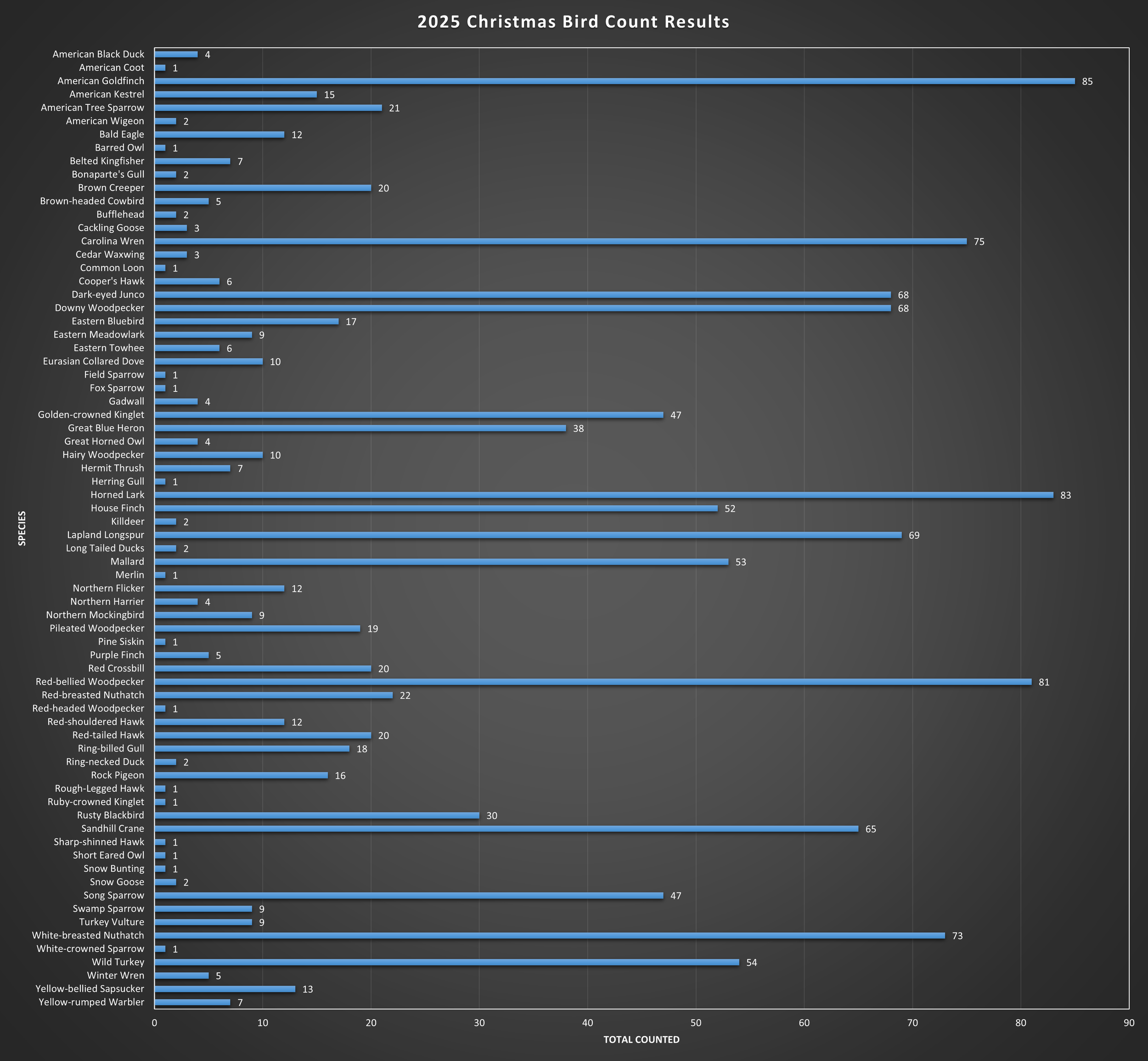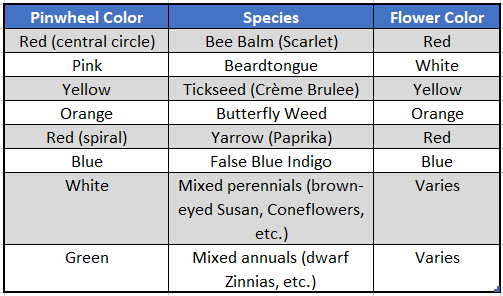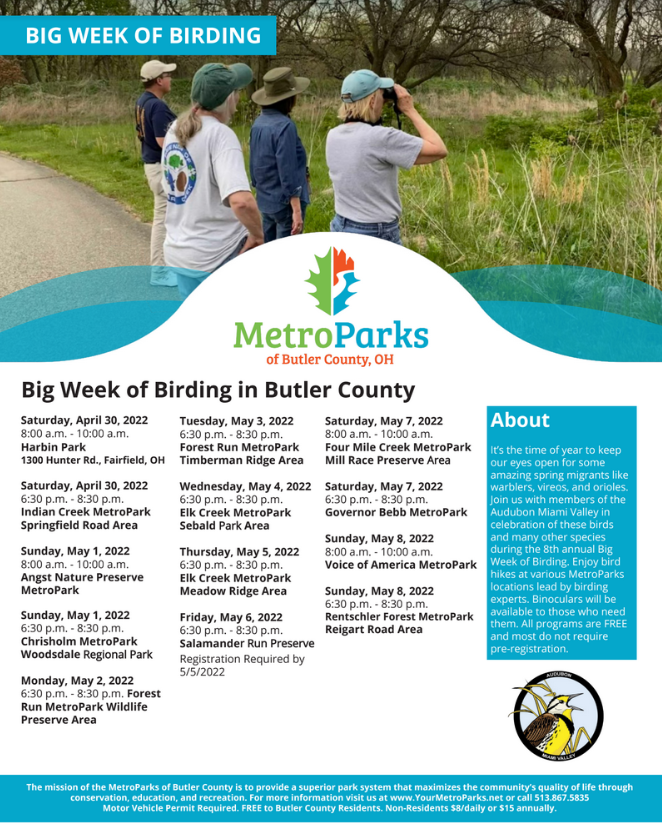Hello! My name is Aaron Ettinger. I am a middle school science teacher from Cuyahoga Falls, Ohio. This summer, with the support of Audubon Miami Valley, I had the opportunity to travel to the Galápagos Islands. This trip was a major component of my graduate studies through Miami University's Project Dragonfly, where I am earning my Master of Arts in Teaching Biological Sciences. For this Earth Expeditions course called, “Galápagos- Islands of Change”, our group set out to the Archipelago with questions about education, community, evolution, and ecology. As a science teacher passionate about nature, I considered this trip a kind of pilgrimage. My goal going into this course was to better understand the islands’ biodiversity and how to apply this new knowledge to my classroom. Throughout our travels, we learned so much from our gracious guides and hosts in Ecuador and on the Galápagos Islands. We had countless wildlife experiences and learned about the powerful compassion of individuals on the islands committed to protecting them.
Our journey began in the city of Puerto Ayora on Santa Cruz Island. We were greeted by a student club named “The Molas''. With their teacher, these teens gave us a tour of the city and talked about their conservation efforts in the area. The Molas have taken responsibility for spreading awareness about the importance of wildlife on the islands and how to make the city cleaner for everyone. Later on our trip, we would meet The Molas again hosting a public art gallery themed around plastic pollution. The members of The Molas impressed me with their commitment to their cause; these youth are passionate about where they are from and care deeply about conserving it for future generations.
After leaving Puerto Ayora, our group spent the next five nights camping in the highlands of Santa Cruz. The change in landscape from the airport on Baltra to our campground at Santa Cruz was something I had not expected. I arrived in an arid desert region, traveled through city streets past tropical beaches, and ended up in the lush rolling hills of the highlands. It was as if I had experienced 3 different worlds in a day. The view from the top of the campground was breathtaking. We faced south, looking over the forest and farm below. Levels of elevation revealed themselves as trees gave way to rock and rock to sand at the shoreline. Our “classroom”, a two-story concrete lookout tower, also hosted a picturesque vantage point of the landscape. In the proper lighting, Santa Fe and Floreana could be seen standing with humbling size across the ocean. With wildlife and flora abundant, it would be a wonderful place to spend the following days learning and bonding as a group.
Most mornings at camp we awoke to Garúa, a cool misty fog that hung over the peak of the island and rolled down through the highlands. Each day we were debriefed by our instructors from Miami University and our guides from Fundación Ecos. After that, we would prepare our daypacks accordingly and set out for an adventure. The grounds of the Highland View Campground, a family farm, provided exploration of lava tunnels and craters by way of a trail system that wound throughout the property. The lava tunnels were past underground lava rivers that had solidified over time. They were home to different lichen as well as nesting shorebirds. The crater was lush with tropical foliage. We learned of the endemic and introduced species of plants that contributed to the thick undergrowth and canopies of the forest. We also saw how invasive species like the blackberry could quickly overtake an area. On one hike, we had the opportunity to process sugarcane into juice by a human-powered mill. As a group, we enjoyed these refreshments in the belly of the forest.
On some occasions, we would leave the grounds of camp to visit other areas of interest in the highlands. Rancho Primicias, a Galápagos Giant Tortoise reserve, allowed us to walk amongst countless of these amazing creatures. We learned about how the relationship between farmers and tortoises has had to change over time. Galápagos Tortoises are the “gardeners” of the islands as they are responsible for so much seed dispersal. Fences on agricultural lands must be high enough to allow the animals to move and migrate throughout the islands as needed for mating, nesting, and food. Looking into the eyes of these magnificent creatures that were over 100 years old was truly a privilege. The tortoises I photographed had been living in Santa Cruz long before the first commercial flights even came to the Galápagos Islands. Rancho Primicias was committed to educating the public about these Tortoises and contributing to the conservation of their species across the islands. Later in the day, we were joined by Anne Guezou and Freddy Cabrera, experts on giant tortoises and Galapagos conservation. In our outdoor classroom, we examined tortoise dung and learned how climate change and human impact affect tortoise health, diet, and migration.
During another excursion, we visited Granja Integral Ochoa, another farm in the highlands of Santa Cruz. At this farm, the owners have begun pioneering hydroponic growing operations for the Galápagos. The farmer shared with us how this could be a sustainable practice that would benefit the lands and other farmers. During our day at the farm, we helped with the maintenance of coffee bean plants and planted native tree species. The farm hosted us for a delicious lunch made with produce grown on sight. We also watched a coffee demonstration and tasted coffee from the plants we had worked on earlier in the day. It was incredible to see firsthand how agriculture is integral to life on the islands and impacts the ecology. The family here was passionate about their work and committed to a sustainable approach that could be passed down through generations. It was clear to me that those working on the land of the Galápagos can provide valuable insights to conservationists and students.
Invasive species are a prevalent threat to biodiversity on the Galapagos islands. Each species has evolved to fit within its specific niche on the island. When new species are introduced and are unchecked by environmental systems or predators, their populations can explode, exploiting and damaging resources other species depend on. On another day in the highlands, we joined a group of workers leading a project to eradicate the invasive giant African snail. With the help of a trained dog, the group completes daily surveys of land, removing giant African snails by hand. This species can reproduce very quickly while damaging crops and spreading parasites. One may believe that participating in conservation to protect the beauty of the Galápagos islands is a glamorous endeavor. I can say firsthand that this work is hard. Conditions are hot and humid, the labor is manual, and time is of the essence. Fortunately, the group we spent time with continues to work diligently. They recognize their role and their importance in protecting the natural ecology of the Galápagos.
When our time in the highlands came to an end we returned to Puerto Ayora where we were joined again by Anne Geuzou at Tortuga Bay. While on the beach we learned about research involving microplastics. Following our surveying, I was alarmed by the amount of microplastics found on the beach. While in the highlands we found the presence of plastic in Giant Galápagos Tortoise dung. Our observations on Tortuga Bay supported findings of plastics in aquatic and bird species as well. On a global scale, microplastics and waste management are a crisis. Many of the plastics found on this beach had origins in other countries and parts of the world. This means that the Archipelago face yet another stressor on biodiversity due to human impact. Fortunately, we can do our part on a global scale. Reducing plastic use, especially single-use plastics, and continuing to reuse and recycle is a feasible step for anyone looking to do their part.
While visiting Tortuga Bay, I was fortunate enough to have an incredible experience my first time snorkeling. I had no expectations going into this activity, so it was mind-blowing to see underwater so clearly. In a tidal pool, we explored rocky terrain filled with countless fish species. I observed sea urchins as well as a tiger snake eel and a tiger eel. The coloration of these species had a wide range from vibrant to earthy and even translucent. Checking the horizon, I noticed black feet and a tail serpentining just below the surface of the water. Raising my head and removing my goggles, I was delighted to see marine iguanas entering and exiting the water. In a nearby mangrove, pelicans perched, pruning in the late afternoon light. Below them, a striated heron hunted for dinner. In a brackish lagoon near the tidal pool, a few of my classmates reported seeing sea turtles and white-tip reef sharks from their kayaks. At this point in the trip, many of my life bucket list species had already been crossed off. “Everything from now on is simply a bonus”, I said to myself with a smile. Little did I know the Galápagos still had much in store for me.
The morning following our trip to Tortuga Bay, we set off to Isabella. A 2-hour speed boat ride from Santa Cruz. As a midwesterner, I do not frequently commute via speedboat in the open ocean. For anyone considering this trip, I recommend motion sickness remedies. But not to worry, the voyage is well worth it. On Isabella, we stayed in Puerto Villamil, a beach-oriented town. On one of our days, we visited the island’s giant tortoise breeding center. At this location, baby tortoises are hatched and monitored until they reach an age where they will have a better chance of survival in the wild. During a break, some classmates and I were able to enjoy an evening hour in the ocean. With the green peaks of the island in the distance, we floated in the water as blue-footed boobies, pelicans, and magnificent frigate birds flew overhead.
On our final day on Isabella, our group spent the morning snorkeling. We began at Concha de Perla, a bay near the harbor. This location had the most impressive wildlife I saw throughout the trip. In one hour I observed sea stars, a Galápagos penguin, a group of sea lions, two different species of stingrays, and two green sea turtles. I knew viewing the penguin was a rare occurrence. Watching the curious adolescent sea lion inspect us was joyful. Seeing sea turtles deliberately and calmly glide through the water felt unreal. Following the bay, we went on a guided snorkel tour via boat. We swam through canals of lava rock where some of my peers caught glimpses of an eagle ray and black-tip reef sharks. On a hike afterward, we saw a sea lion trying to play with a shark while a green sea turtle rested below them. These wildlife encounters were highlights of the trip that I will never forget. Upon reflection, I realized that the symbioses of these species were beautiful yet fragile.
As our course wrapped up back in Puerto Ayora, we spent time reflecting on our experience. Thinking back on my goals, I was able to observe more brilliant wildlife than I had imagined. I learned about the ecology and history of the islands and gathered plenty of activities and ideas for lessons in my classroom. However, my biggest takeaway was seeing how much the people from the Galápagos care about the environment. The efforts of those working on the ground level were so impressive to me. The day-to-day work of The Molas, farmers, scientists, invasive species crews, and even our guides. These are the individuals spreading awareness and practicing sustainable lifestyles to conserve the biodiversity of their homes. As tourists and students like myself continue to have the privilege of visiting the Galápagos, we must learn from the community members. Their work is the reason I was able to see Giant tortoises roaming freely and why I was able to swim with marine iguanas. Human impact continues to be these species’ greatest threat. We must learn about the Galápagos as a model for conservation and biodiversity. Listening to experts, conserving resources, managing our waste, and respecting nature are all things we can continue to do as a global community to protect the natural environments of our planet.















